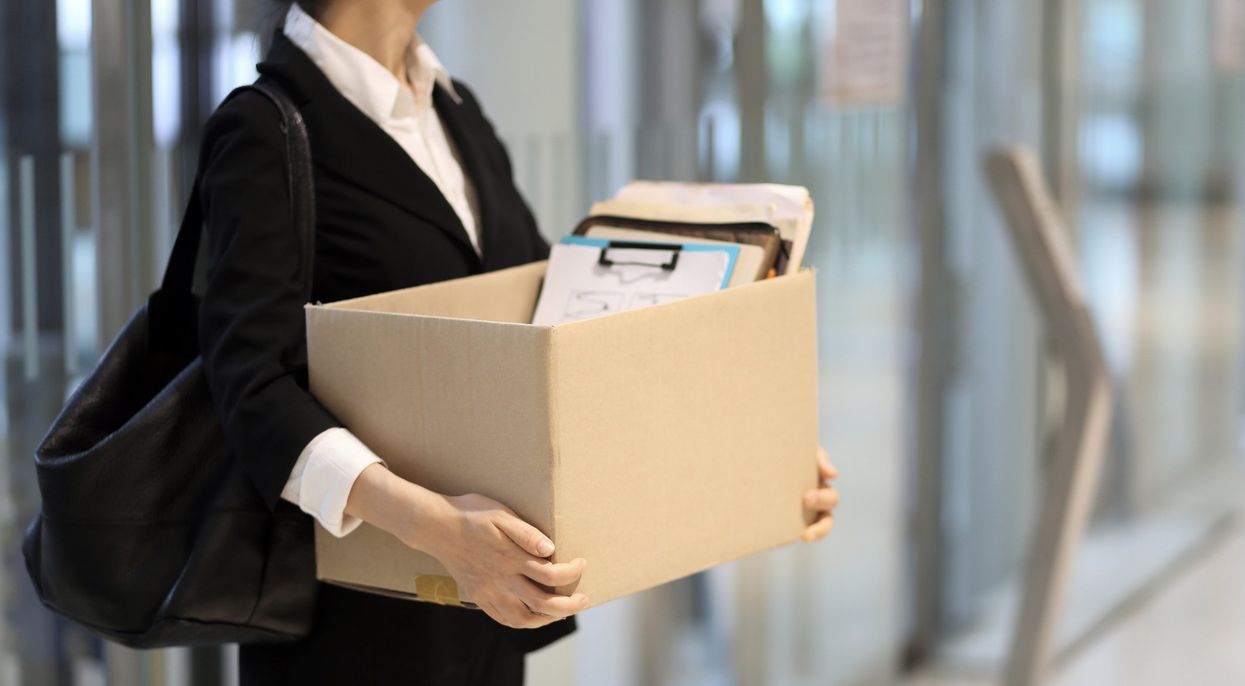Last spring and summer, The Fulcrum published a 30-part series on Project 2025. Now that Donald Trump’s second term The Fulcrum has started Part 2 of the series has commenced.
To no one’s surprise, President Trump reinstated his provocative “Schedule F” program as soon as he reentered the Oval Office. The policy that allows a president to redefine—and thus fire— executive branch personnel at will and replace them with loyalists, partisans, and patrons, was controversial when Trump first introduced it in October 2020. That was a mere two weeks before his failed reelection bid and only three months before his 2021 departure from the White House, scarcely enough runway to get the program off the ground.
It is even more controversial now that this administration has fully exploited its powers.
Renamed Schedule Policy/Career, the job classification program has always been the chief pillar of Project 2025.
The Kettering Foundation accurately predicted, “A rules change called Schedule F, would massively expand presidential power and fundamentally change the character of the federal government.” It is, in many ways, the cornerstone of the modern “unitary executive theory.” Swelling the list of “political appointees” from less than 1% of the federal workforce to something more in the 4% range translates into tens of thousands of hires—MAGA soldiers—who are fiercely loyal to this specific president and his conservative agenda. Give them credit: Paul Dans and Kevin Roberts, the principal architects of Project 2025, knew that to control bureaucratic employment is to control the polity.
We’re now seeing the plan play out. Indeed, Trump and his lieutenants are sticking close to the Project 2025 playbook.
Downsizing is not bad per se. And, of course, rooting out waste and fraud in government is something all Americans should applaud. But the wholesale elimination of agencies/departments, and the bull-in-a-china shop approach to “ dismantling the administrative state,” is just bad policy.
Guo Xu of the Haas School of Business at the University of California Berkeley has studied the impact of certain incentives and strains on civil servants, and he has concluded that the administration’s approach to managing the bureaucracy through massive cuts and continued pressure is probably counterproductive.
Xu found that just over half of all federal workers identify as Democrats, compared to about a quarter who see themselves as Republicans. It would make sense then if Trump worried about partisan resistance. Even so, Xu says, those numbers tell a logical story: “Democrats are simply more pro-government and prefer to work for the state!” he says. More importantly, though, Xu concludes that the slash-and-burn mentality of this administration actually hurts the cause of pushing forward a MAGA platform. He writes, “Rather than driving out civil servants,” he insists, “DOGE would benefit from finding ways to make public service more attractive for Republicans. I doubt that demonizing civil servants is conducive to this.”
Republicans and Democrats overwhelmingly want a merit-based, non-partisan civil service. The numbers are striking in this deeply polarized moment. 88% of Democrats and 87% of Republicans believe that having a non-partisan civil service is important for a strong American democracy. In terms of competence, the astonishing numbers are even higher: 94% of Democrats and 91% of Republicans.
The problem is that Trump’s “Schedule Policy/Career Executive Order” flouts that vast consensus. It patently scorns one of the few points of agreement among Republicans and Democrats. To be sure, it is neither meritorious nor non-partisan to put sycophants into bureaucratic positions.
So many experts on both the right and the left have repeated a similar warning. Consider just one: “Everett Kelley, president of the American Federation of Government Employees, estimated that Schedule F would cover not 50,000 federal employees, but 500,000 nationwide. He predicted that a new Trump administration would take an expansive view of Schedule F, which would cover federal positions loosely seen as having a say in policy. “These people could be replaced at any time,” Kelley said. “Your performance would be based on your loyalty to the president and not on your skills and ability to get the job done for the American people.”
Kevin Roberts, president of the Heritage Foundation, frequently contends that Project 2025 is a “corrective” to the “takeover of the federal government by the unelected bureaucrats on the radical left.” His Project 2025 blueprint for conservative governance, he tells us, is an “attempt to restore proper constitutional order to this country.”
I would have thought that “restoring proper constitutional order” required a federal workforce that knew what it was doing, knew how to navigate the labyrinthian complexity of the country’s administrative state, and, most of all, pledged to serve the Constitution and the American people.
Not sure we’re getting that right now.
Samples of Phase 2 articles about Project 2025




















